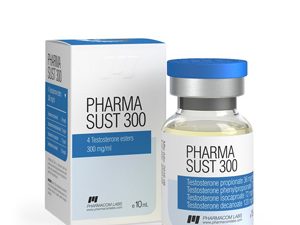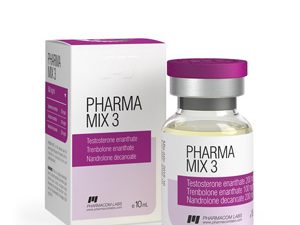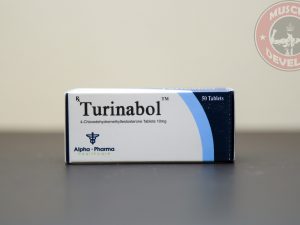Steroids in 2025: The New Frontier of Enhancement and Ethics
In 2025, the conversation around steroids is no longer just about cheating in sports or illegal muscle-building shortcuts. It’s about science, healthcare, human enhancement, and societal values. Anabolic steroids, once stigmatized as the preserve of bodybuilders and rogue athletes, have become part of a larger debate on biotechnology, longevity, and the very definition of “natural” performance.
Table of Contents
A Shifting Landscape: Steroids Go Mainstream
Over the past decade, attitudes toward performance-enhancing drugs have undergone a quiet revolution. This isn’t just about athletes anymore. From Silicon Valley executives microdosing testosterone to aging patients using hormone replacement therapies (HRT) to maintain quality of life, steroids have found new users, new purposes, and—controversially—new justifications.
In 2025, anabolic-androgenic steroids (AAS) are being explored not only for muscle hypertrophy but also for therapeutic benefits, such as:
-
Treating muscle-wasting diseases (like sarcopenia or cachexia)
-
Enhancing post-surgery recovery
-
Improving quality of life in older adults
-
Supporting transgender hormone therapy protocols
Medical science is evolving, and so are our definitions of ethical drug use.
Designer Steroids: The Biotech Underground
Perhaps the most dramatic change in 2025 is the rise of synthetic designer steroids engineered to bypass detection while maximizing benefits. These are often synthesized by underground chemists or obtained through gray-market biotech startups operating out of regulation-heavy jurisdictions.
Some of these designer steroids:
-
Bind selectively to androgen receptors in muscle, avoiding androgenic side effects
-
Have short half-lives and undetectable metabolites
-
Are paired with anti-catabolic agents to prevent muscle loss during cutting phases
While these innovations are admired by some as technical marvels, they are widely condemned by regulators, ethicists, and physicians due to unknown long-term side effects.

Health Risks in the Spotlight
Despite the appeal, the dangers of steroid use haven’t gone away. In fact, the modern forms may be even more insidious. Side effects in 2025 include:
-
Cardiovascular strain, especially with long-term or high-dose use
-
Hormonal imbalances leading to infertility, mood disorders, and gynecomastia
-
Liver and kidney toxicity (especially from oral steroids)
-
Psychological effects, including aggression, anxiety, and dependence
What’s different now is the access to advanced monitoring. Biohackers and users often track their liver enzymes, hematocrit levels, and hormone profiles using at-home testing kits and online services. Some even use wearables that monitor biomarkers in real time.
Still, the line between optimization and abuse remains dangerously thin.
The Social Divide: Vanity vs. Vitality
In 2025, the cultural perception of steroid users is deeply polarized. On one side, influencers and fitness celebrities promote shredded physiques and recovery-enhancing regimens. On the other, a growing public health movement warns against the normalization of drug-enhanced aesthetics.
The “optimization culture” driven by platforms like TikTok and Instagram has made steroids—and adjacent compounds like SARMs and peptides—look like just another supplement. This normalization, particularly among younger demographics, has led to earlier adoption and increased experimentation.
At the same time, a growing demographic of older adults uses HRT not to chase aesthetics but to maintain functionality and mental sharpness. To them, it’s no different than using reading glasses or joint replacements.
Steroids and Gender: A Complex Conversation
The role of steroids in gender transition and hormone therapy has also brought a nuanced dimension to the discussion. In transgender healthcare, anabolic agents are used under medical supervision to aid masculinization. In this context, the benefits often outweigh the risks, and the stigma surrounding AAS is slowly being eroded.
Still, this is a hotly debated issue, with ethical and political dimensions that stretch far beyond physiology.

Looking Ahead: The Future of Enhancement
As we approach the second half of the 2020s, the steroid conversation is blending into a broader discourse about human enhancement technologies. Whether it’s nootropics for cognitive enhancement, stem cell therapy for regeneration, or CRISPR for gene editing, steroids are just one tool in a rapidly growing toolkit.
The ultimate question isn’t just should we use steroids? but what does it mean to be enhanced—and who gets to decide?
Conclusion
Steroids in 2025 are no longer just the “cheaters’ drug.” They’re tools—powerful ones—that straddle the line between therapy and transformation. They’re used to heal, to boost, to build, and, yes, sometimes to deceive. As science advances and cultural lines blur, our society faces an urgent need to redefine fairness, health, and human limits.
The debate is far from over, but one thing is clear: steroids are no longer lurking in the shadows. They’re part of the future, and that future is already here.





